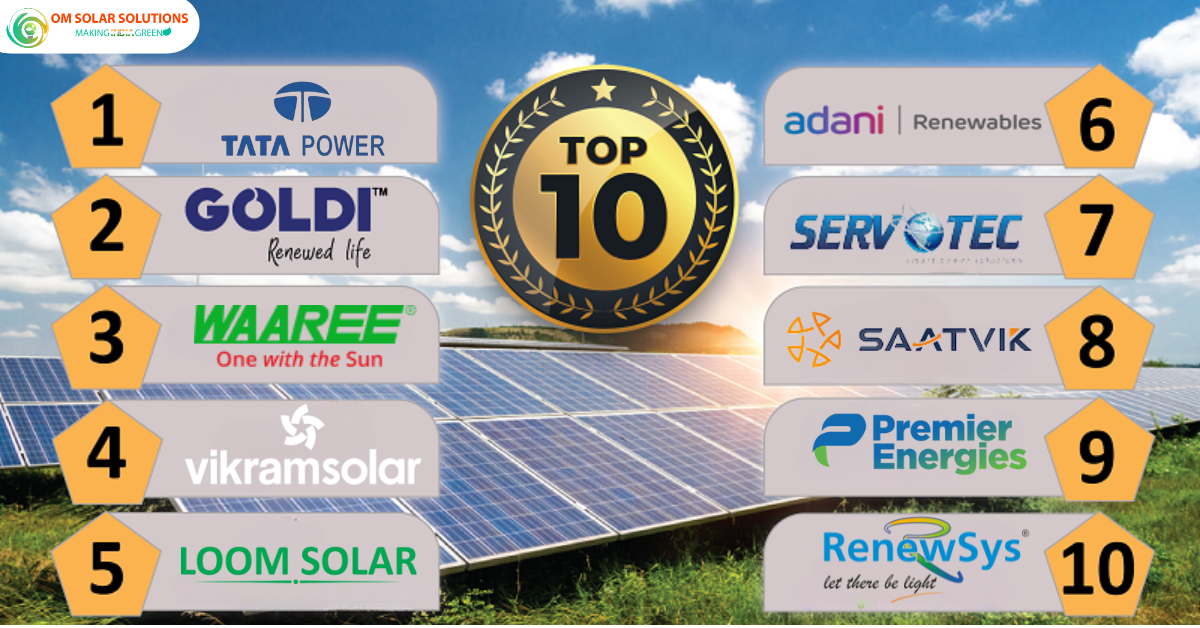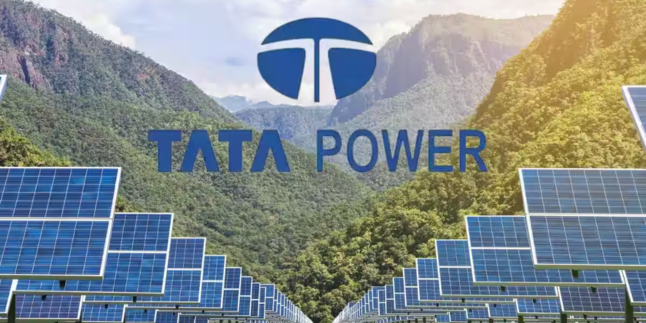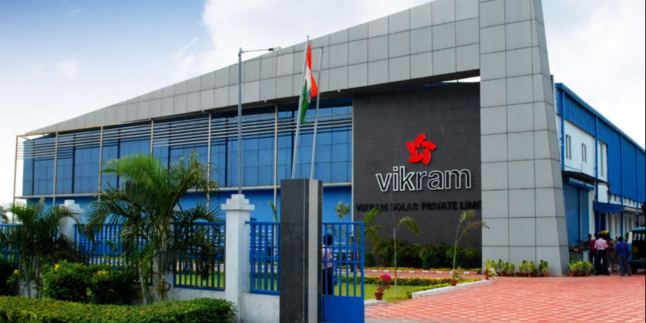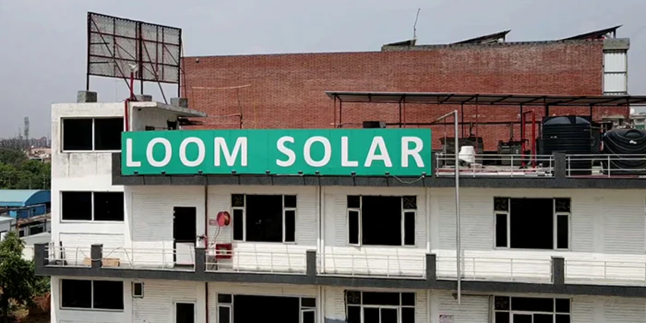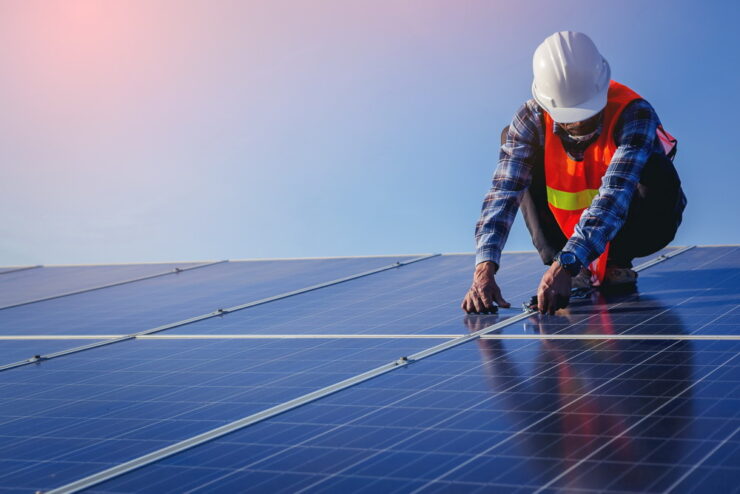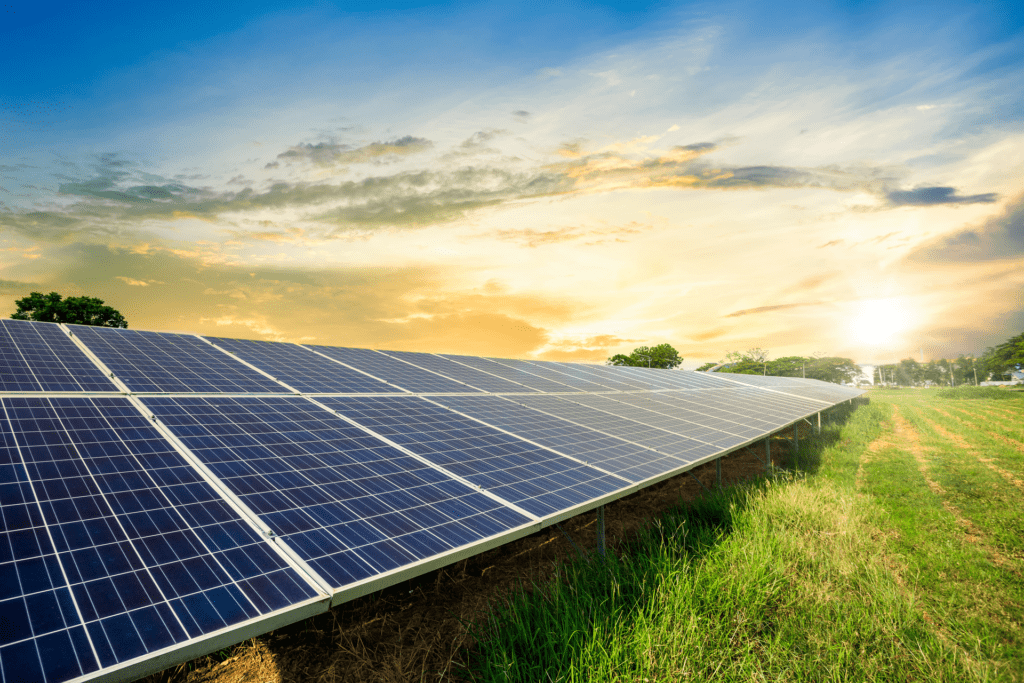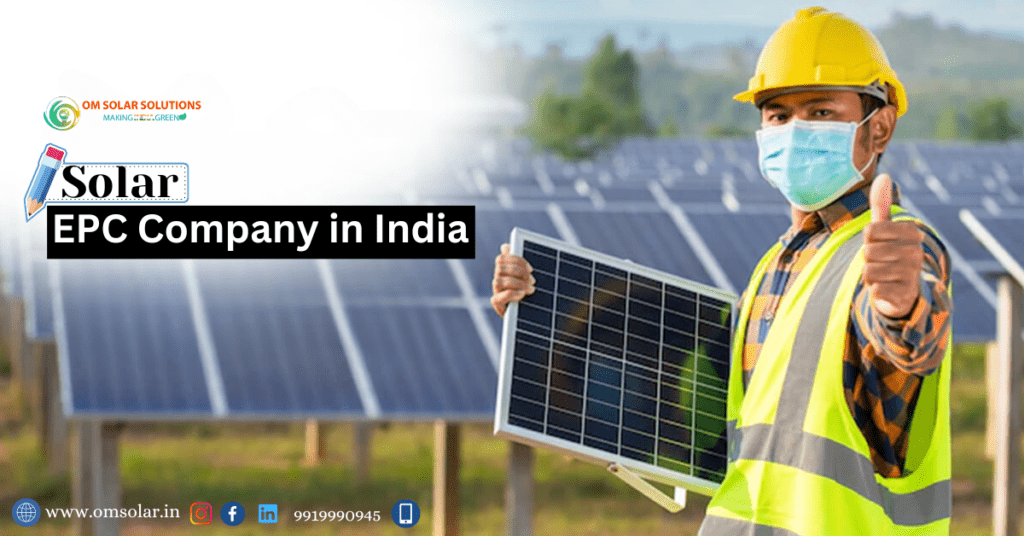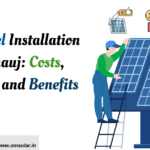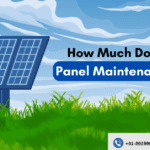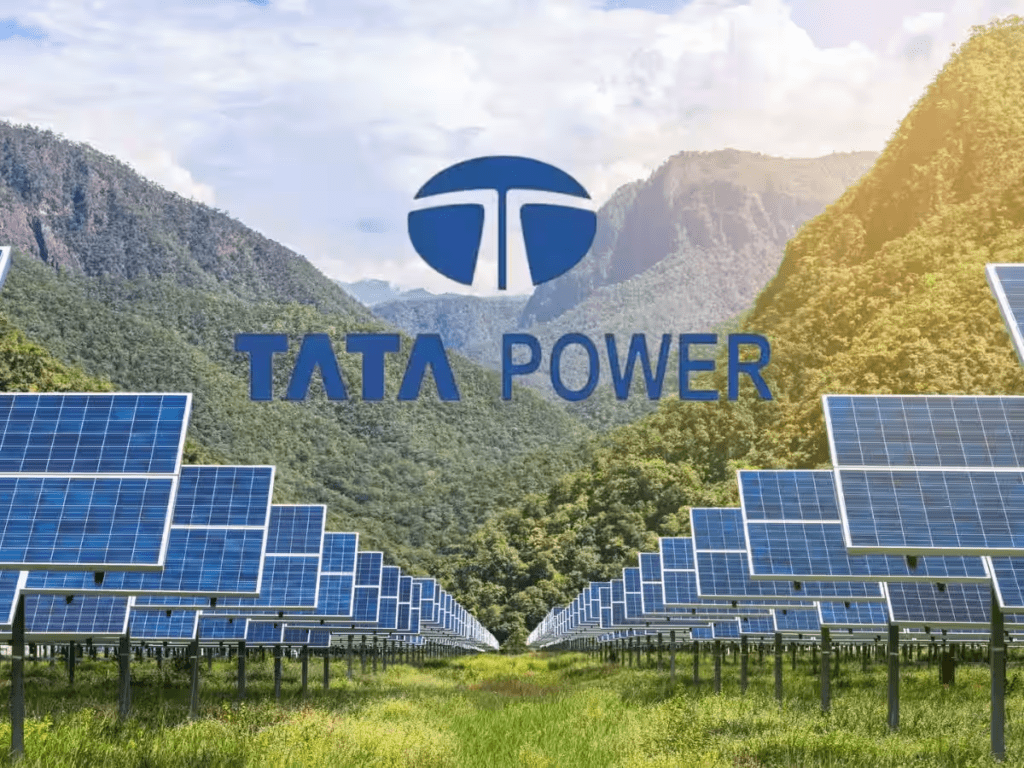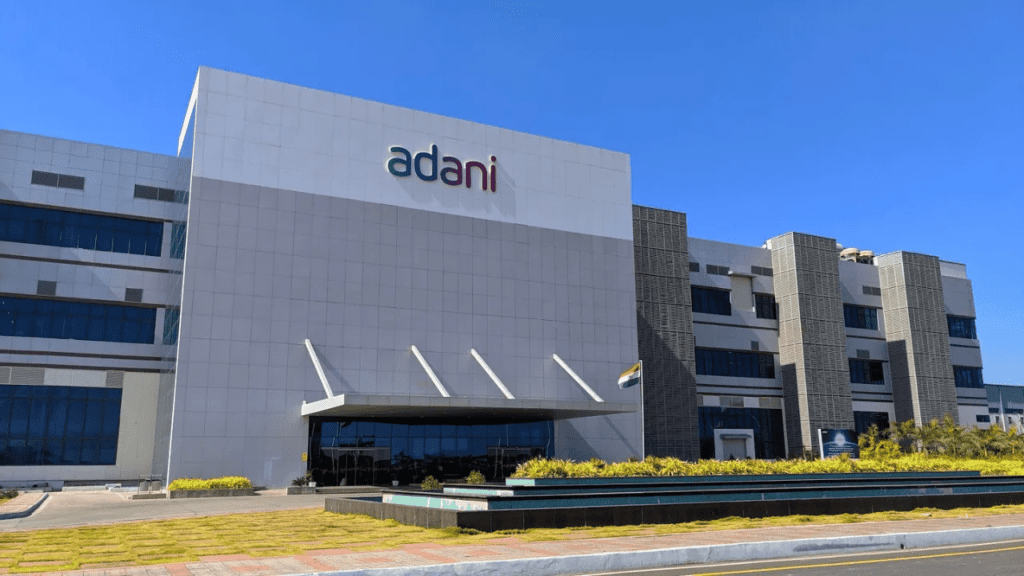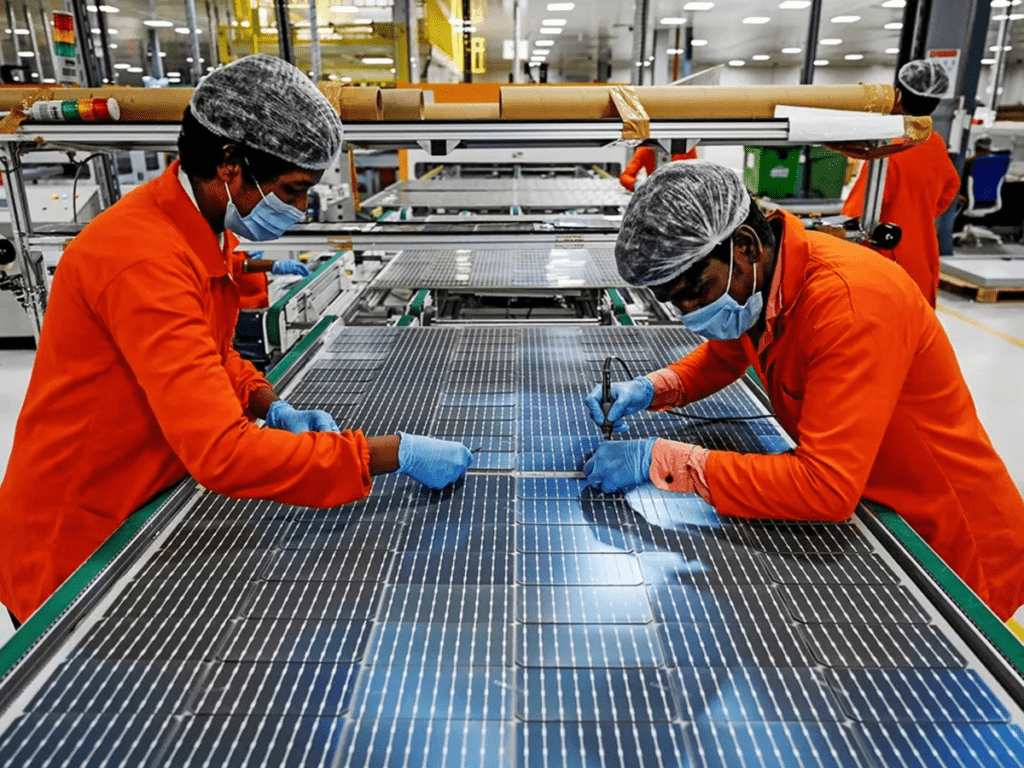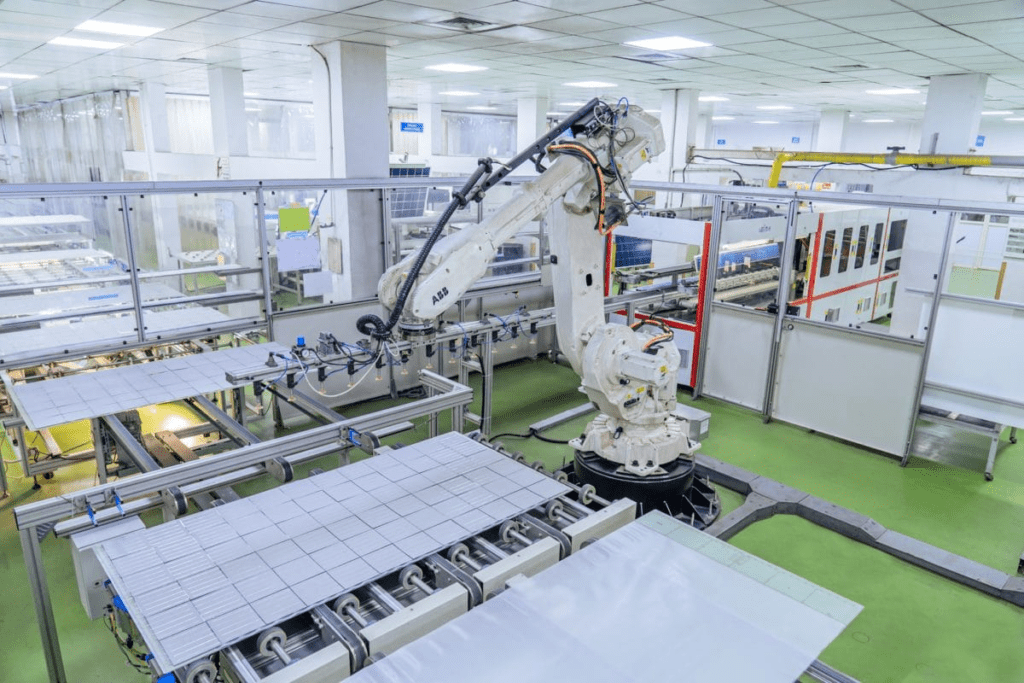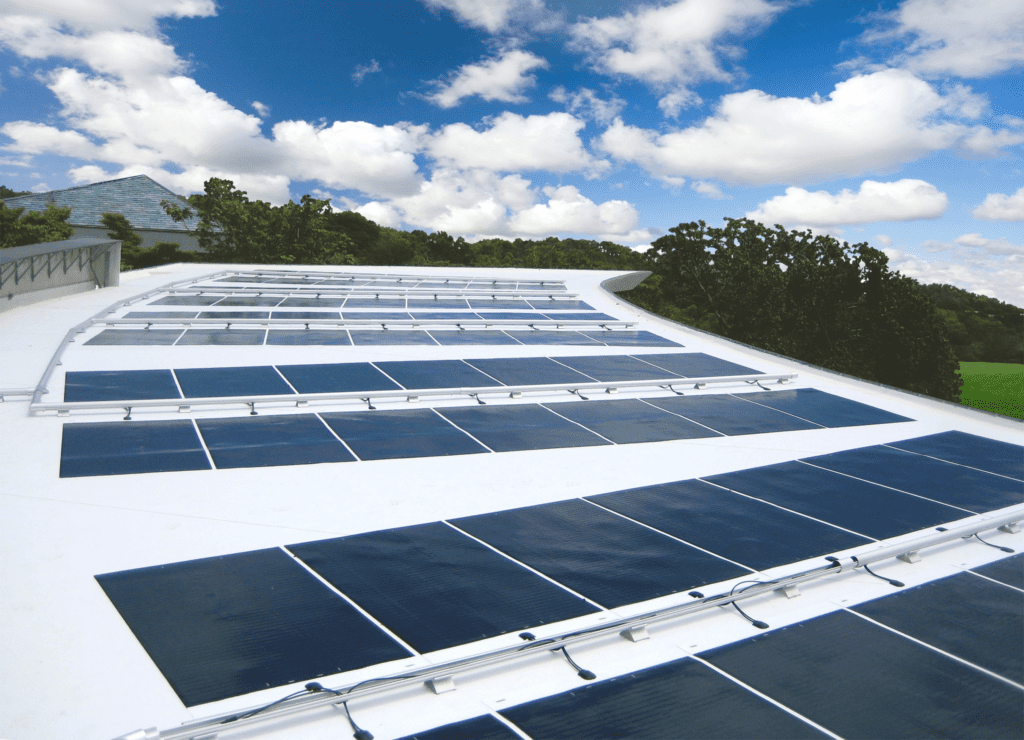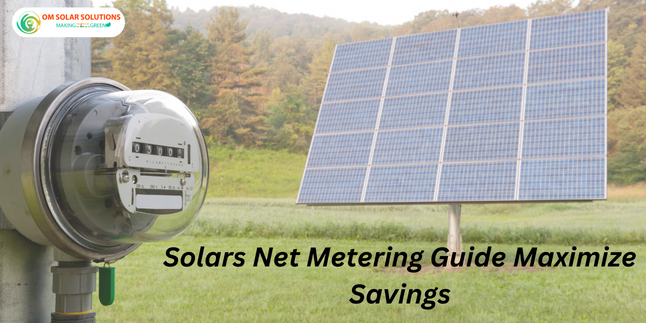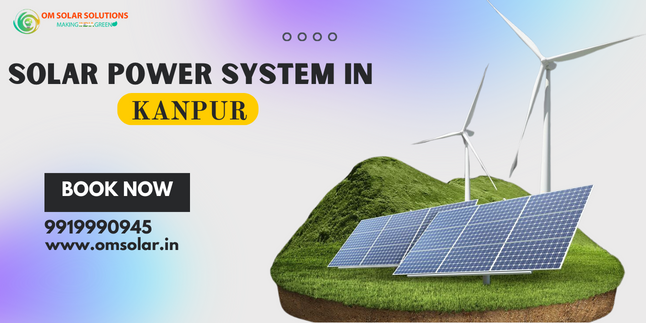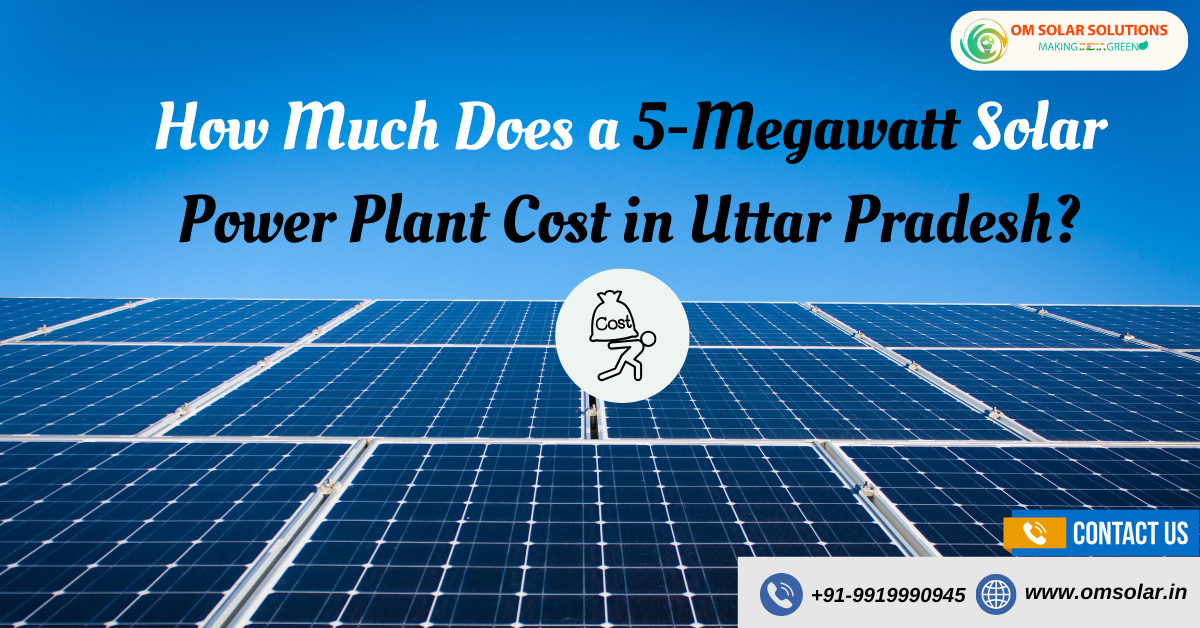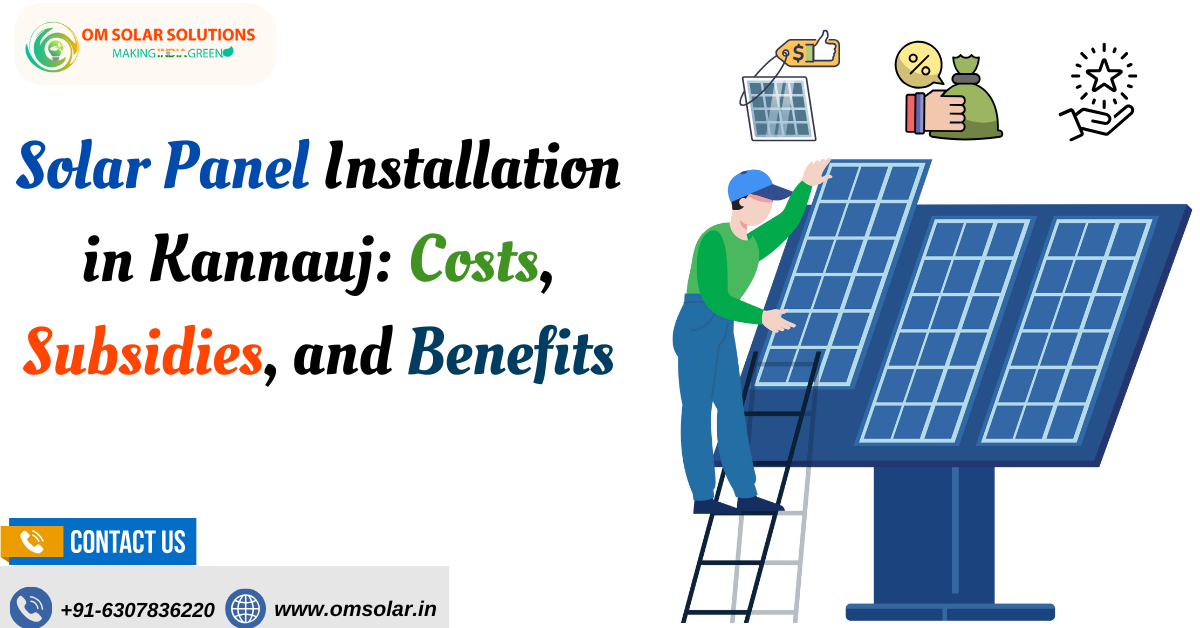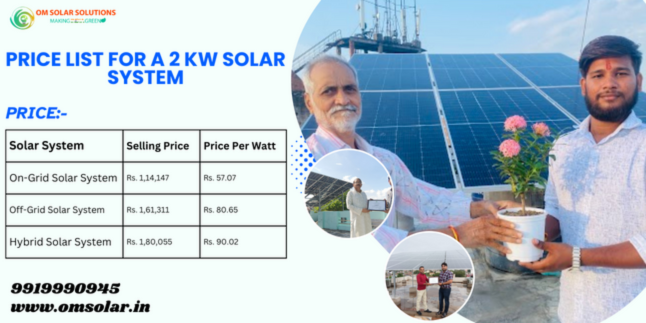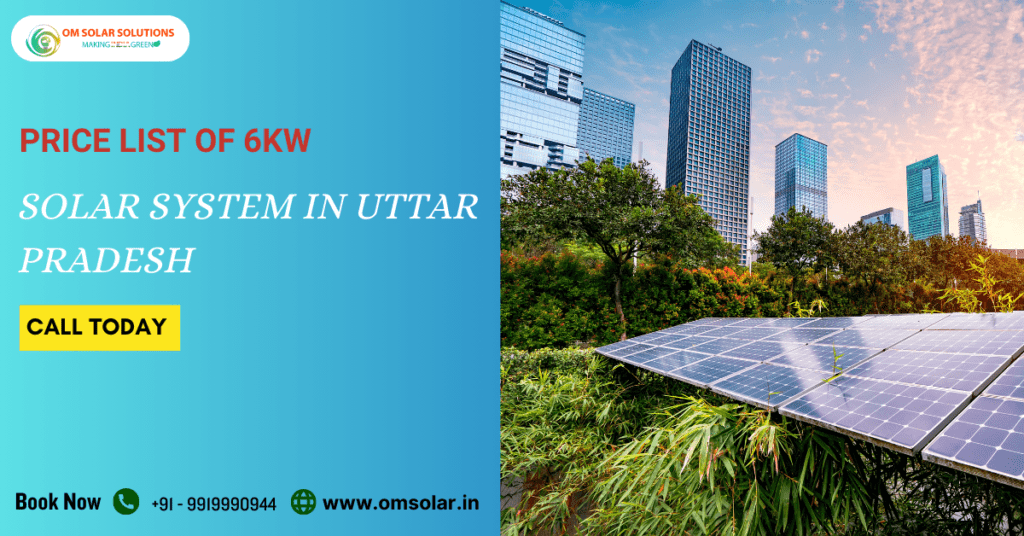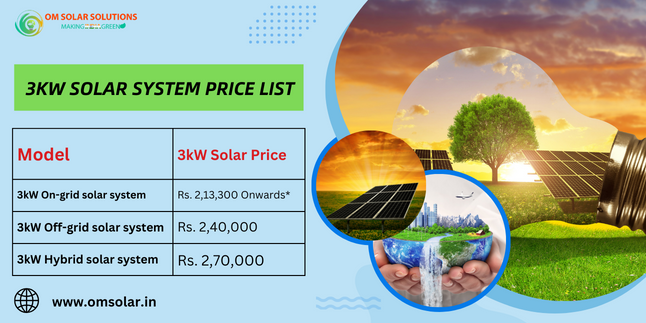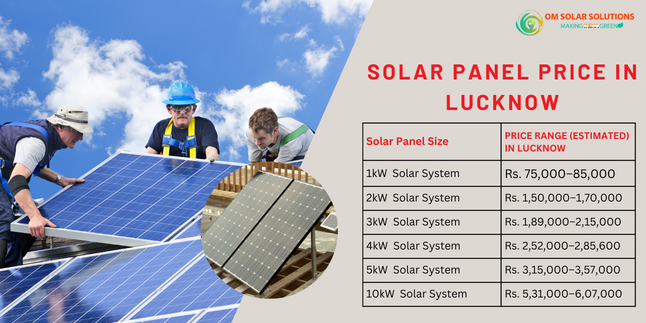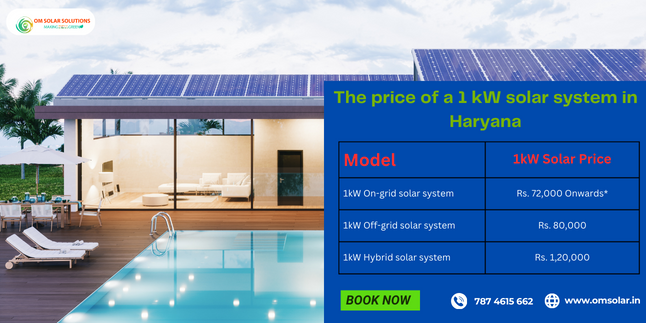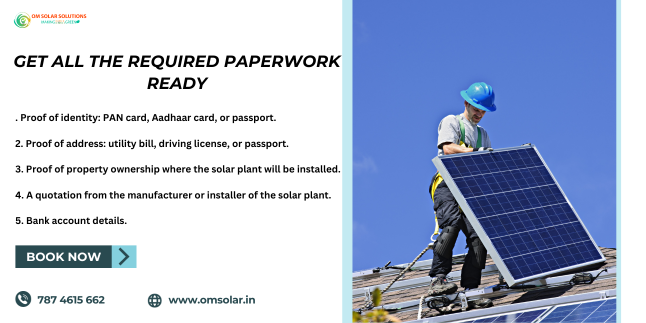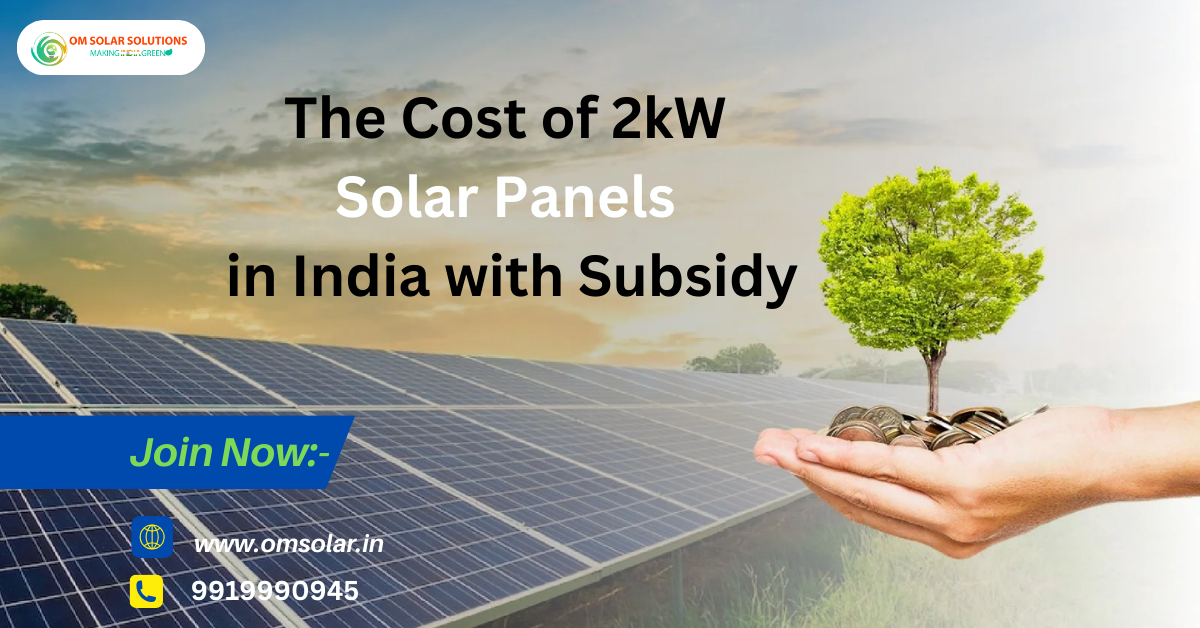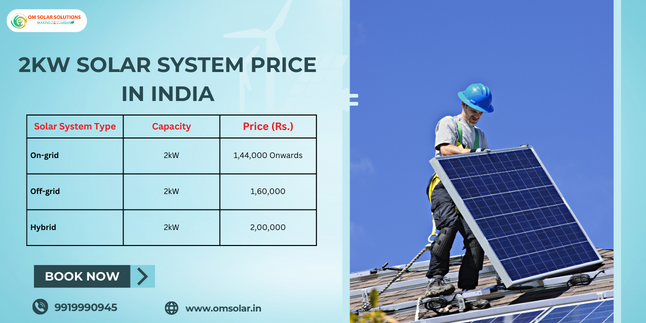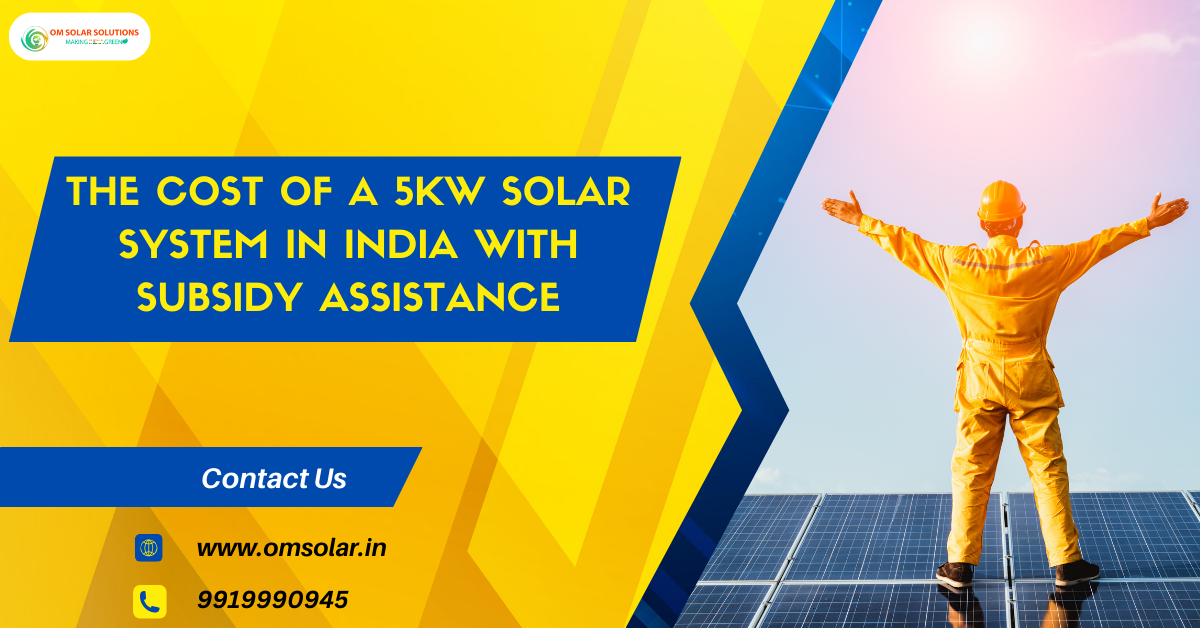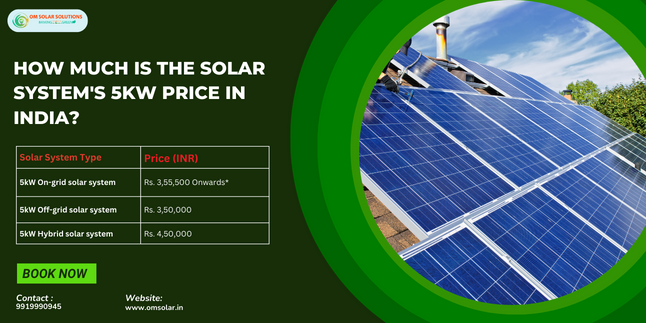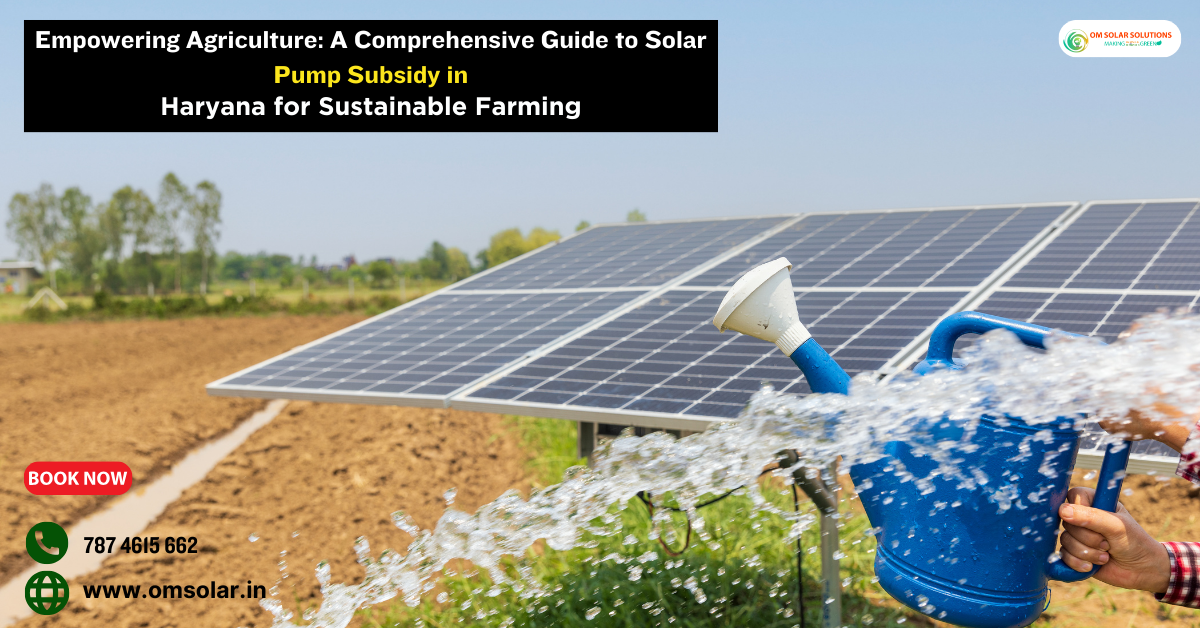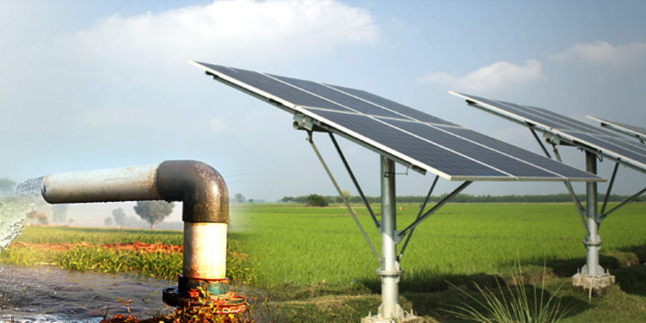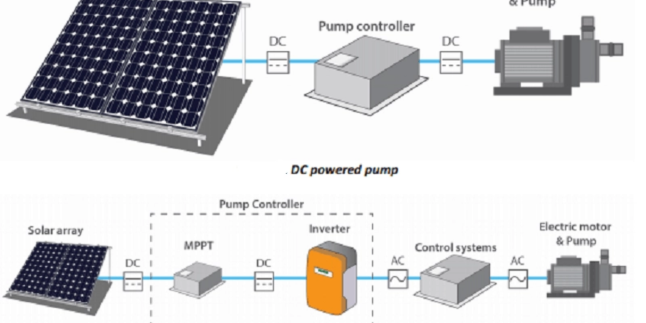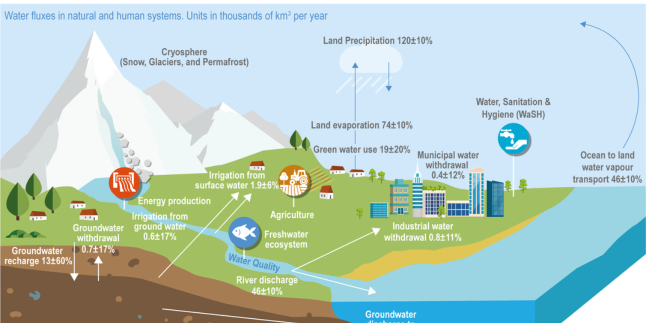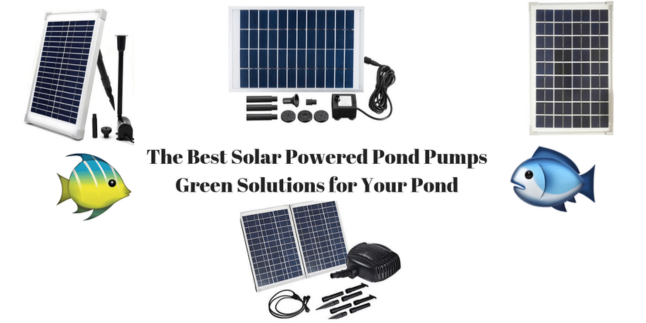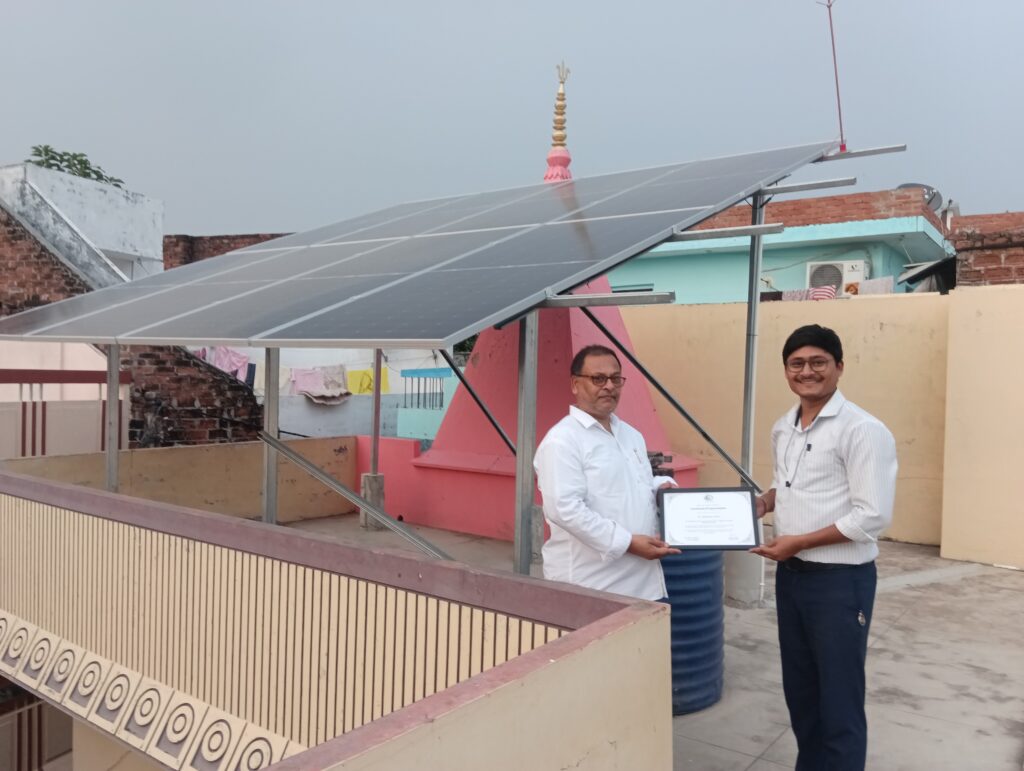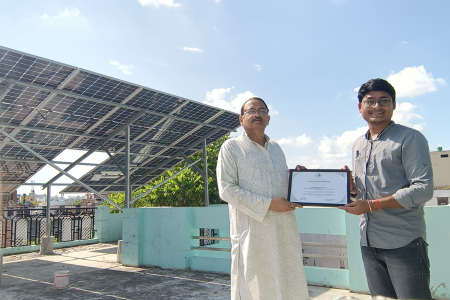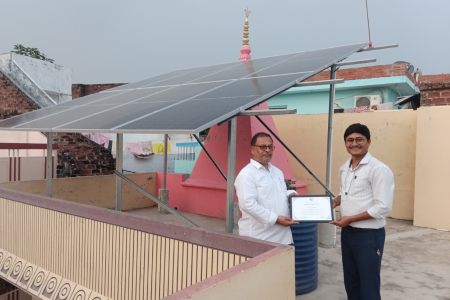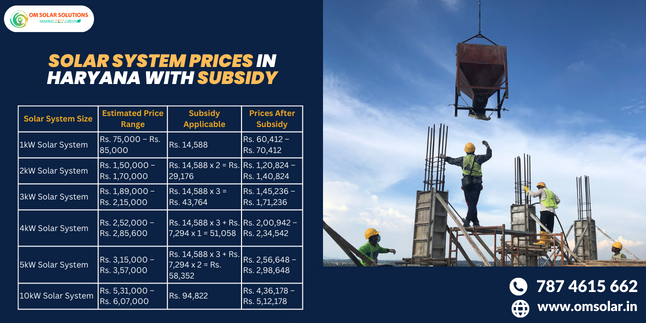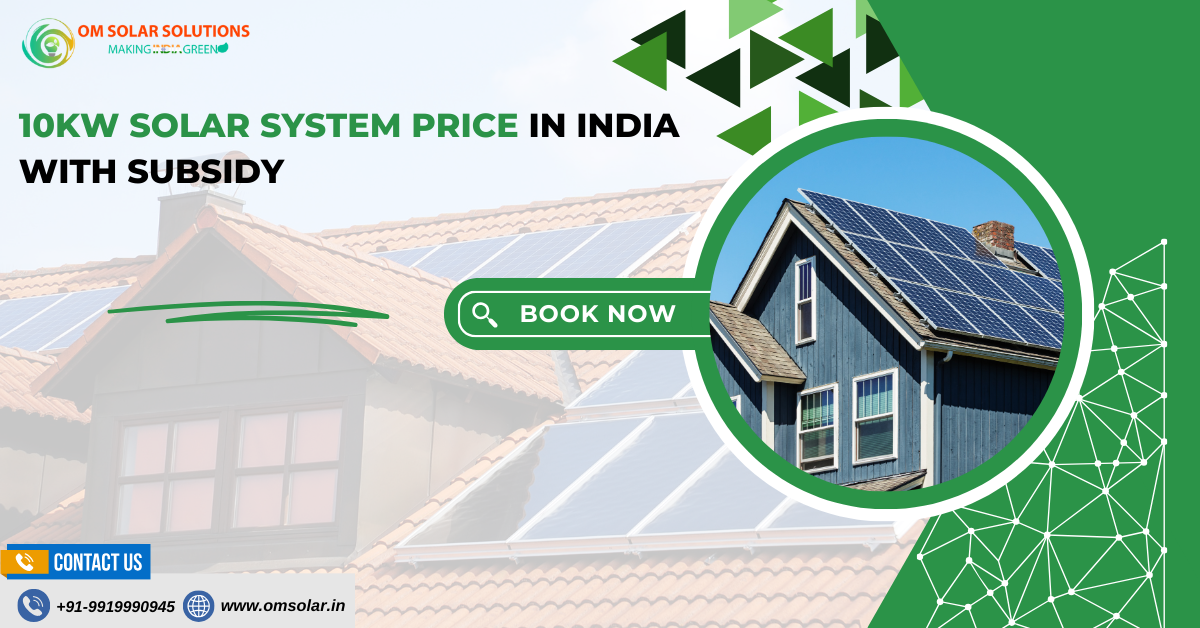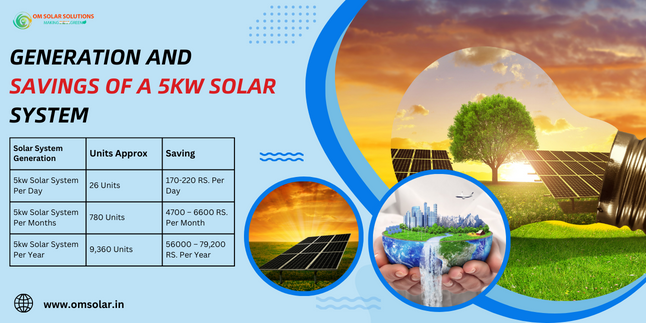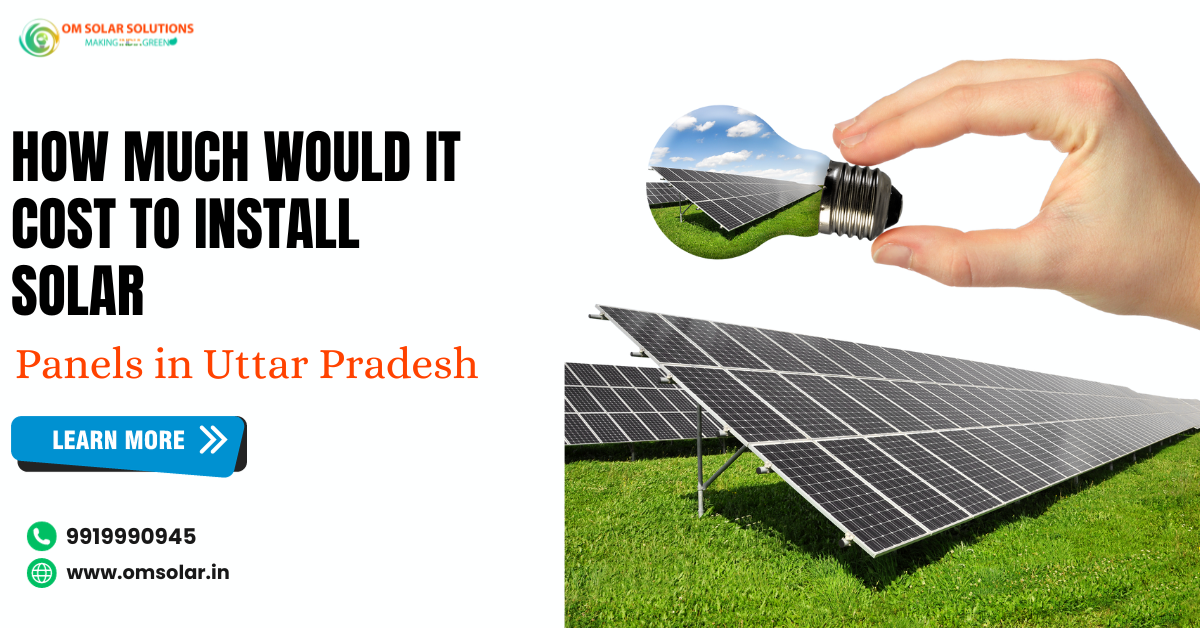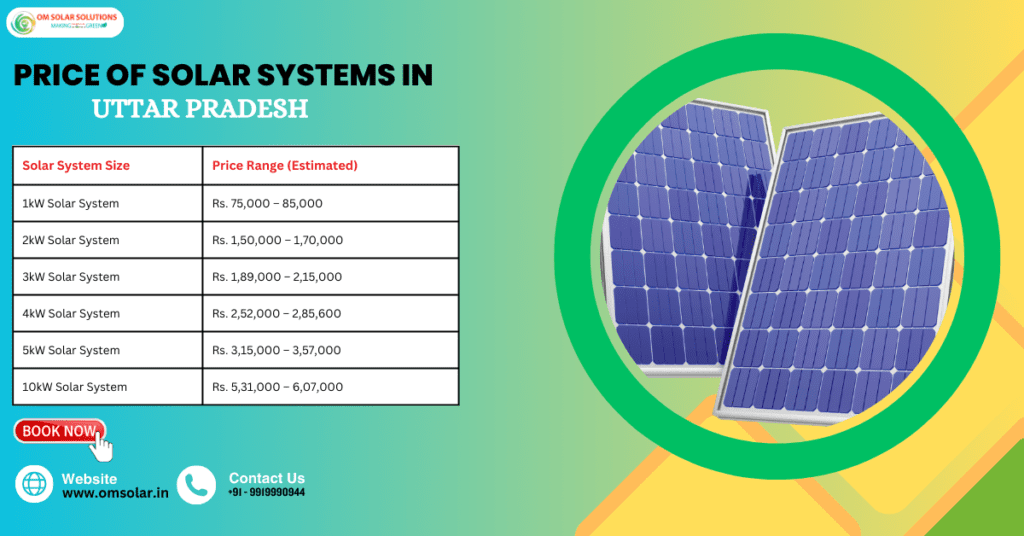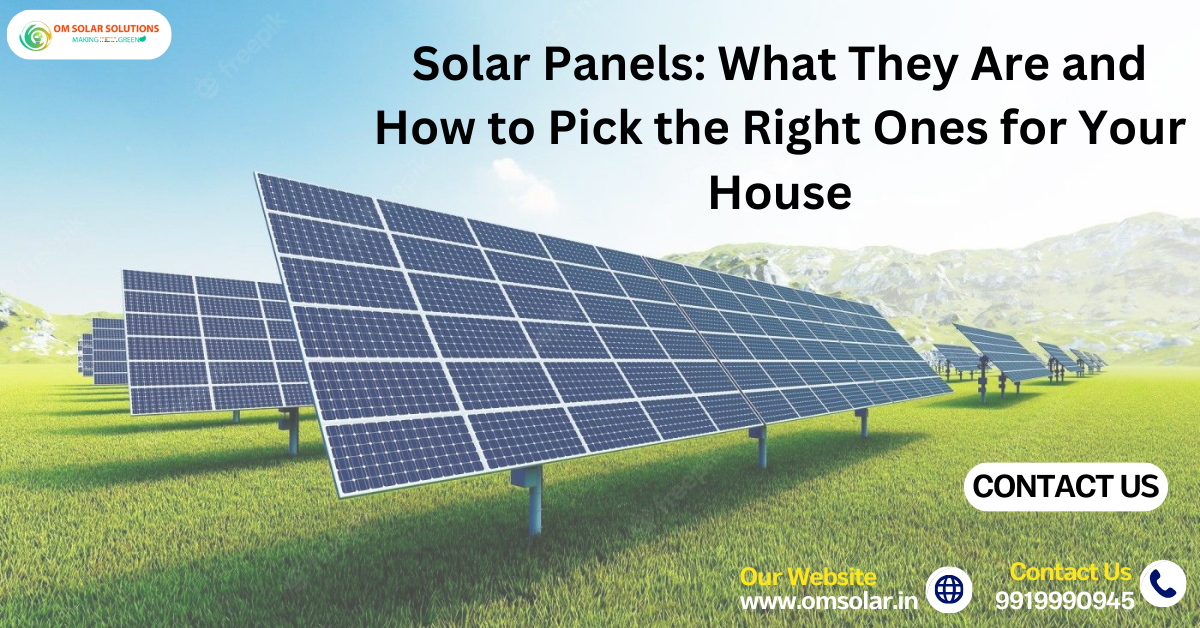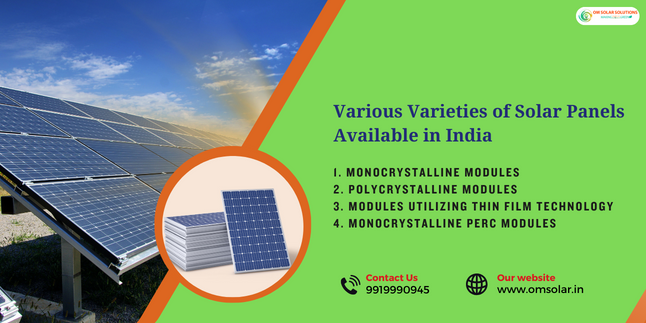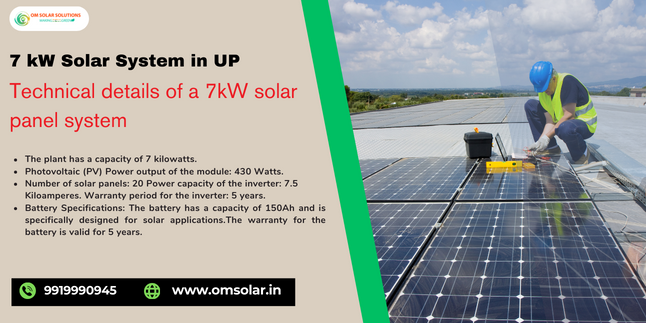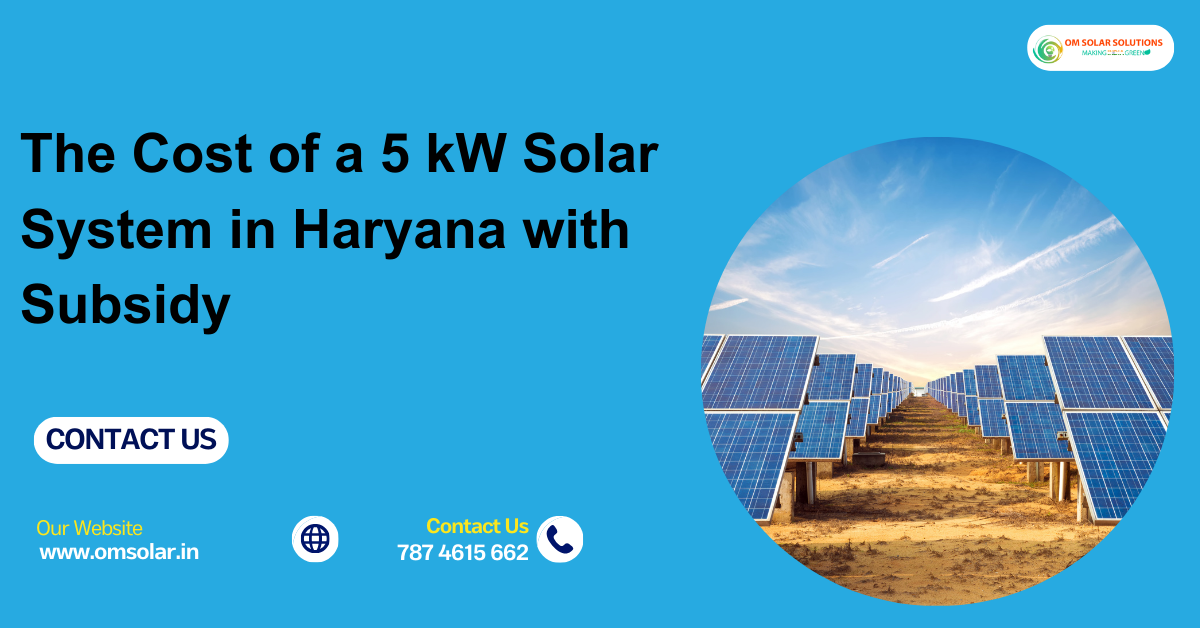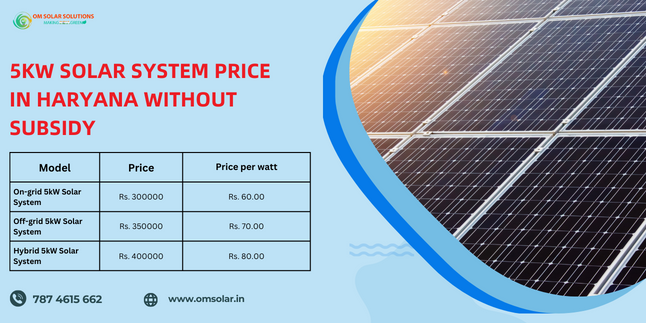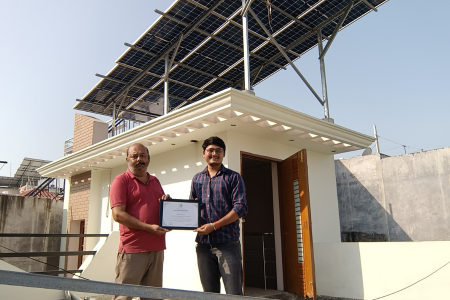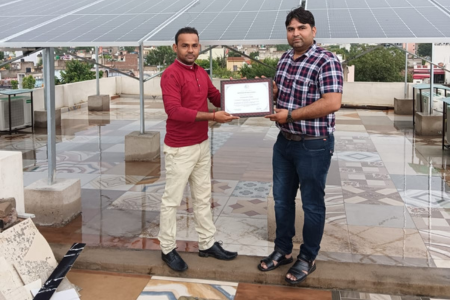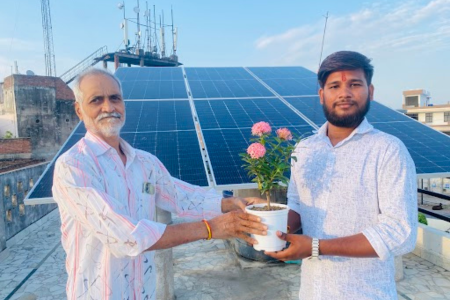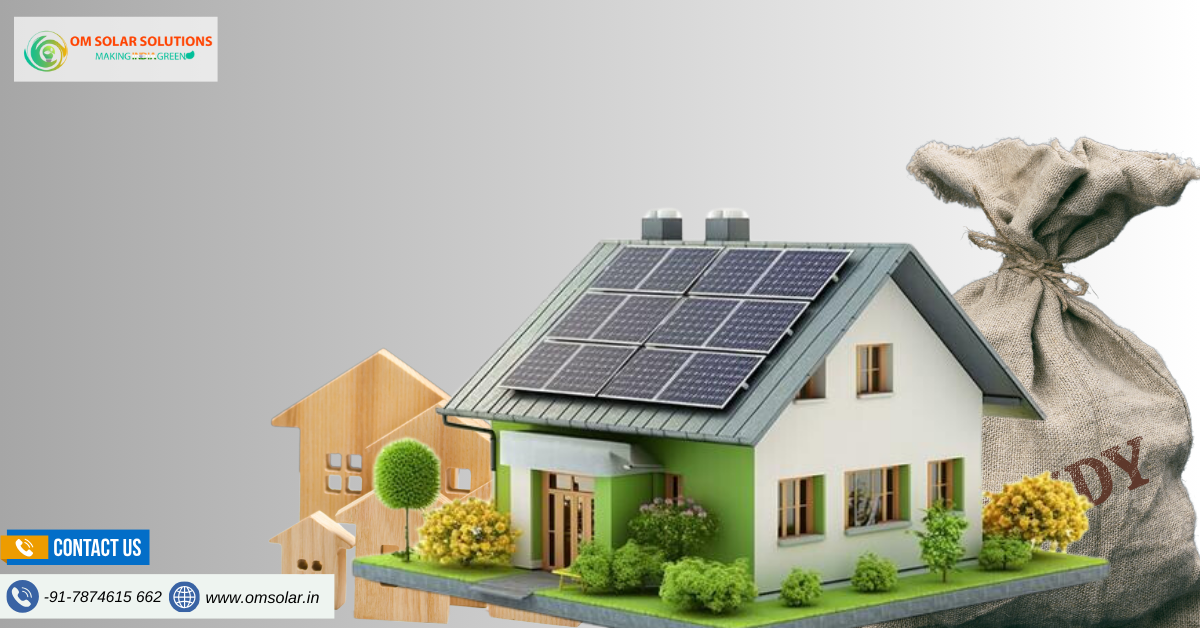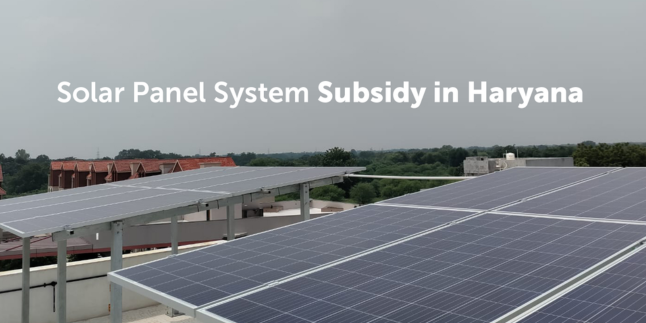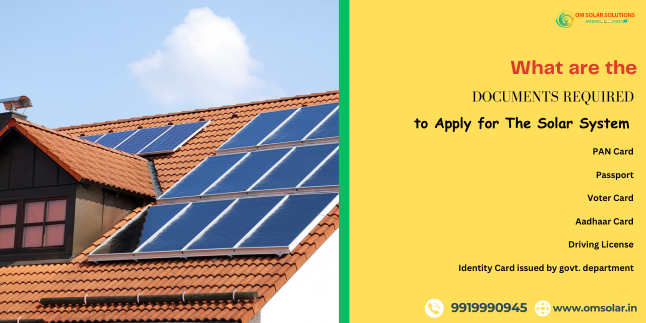India’s population growth increases energy demand. The electricity industry faces a major challenge from rising energy usage. Power industries are also switching to solar and other renewable energy. Insufficient resource allocation compared to consumption is the key concern. The average person cannot afford high monthly electricity bills. The government suggests solar energy as an electrical energy substitute to solve this problem. The Indian government has introduced solar panel subsidies for residential property owners as the world moves toward renewable energy. This guide explains the scheme’s benefits, eligibility restrictions, and subsidy application process.
Understanding the Indian government’s solar panel scheme for homes
The Solar Panel Subsidy in India is a government initiative that promotes the use of solar energy among residential property owners. The method comprises providing incentives to increase the accessibility and affordability of solar panel installation. This not only improves the well-being of individual houses but also contributes to the overall goal of a more ecologically friendly and resilient India. The plan works by offering monetary incentives to homeowners who choose to install solar panels on their property. These incentives are supplied as subsidies, which reduce the upfront costs associated with purchasing and installing solar power systems. This makes solar energy a viable and enticing option for a broader populace.
Also Read: Solar Panel Price In Haryana With Subsidy
Solar Subsidy in India 2024
All of your domestic and industrial appliances may be powered by electricity from the state grid, which is unreliable and has serious environmental consequences. Imagine the satisfaction of owning a solar power system that not only generates electricity but also helps to minimize your carbon footprint. As of 2024, every Indian state will offer a solar plant for home government subsidy.
To save resources for future generations, the Indian government has created a project called Solar Rooftop Power Plant, which seeks to minimize electricity demand. It is widely acknowledged that, due to its high cost, solar energy is not being adopted by everyone in the home and commercial sectors. As a result, the central government recognized the problem. It launched the MNRE solar subsidy plan, which provides a 40% subsidy for solar installations up to 3 KW and an additional 20% subsidy for installations above 3 KW up to 10 KW, with a focus on the domestic sector in general states.
In addition, spatial subsidies are offered in North Eastern states such as Sikkim, Uttarakhand, and Himachal Pradesh, as well as the Union Territories of Jammu and Kashmir, Ladakh, Lakshadweep, and the Andaman and Nicobar Islands.
| System Capacity | Subsidy (₹/kW) for Most Regions | Subsidy (₹/kW) for Northeastern States and Challenging Terrains | Subsidy (₹/kW) for RWA/GHS in Standard Areas | Subsidy (₹/kW) for RWA/GHS in Hilly Regions |
| Up to 3 kW | ₹14,588 | ₹17,662 | ₹7,294 (Up to 500 kW, 10 kW per house) | ₹8,831 (Up to 500 kW, 10 kW per house) |
| 3 kW to 10 kW | ₹14,588 (First 3 kW) | ₹17,662 (First 3 kW) | ₹7,294 (Up to 500 kW, 10 kW per house) | ₹8,831 (Up to 500 kW, 10 kW per house) |
| Beyond 10 kW | ₹94,822 | ₹1,14,803 | ₹7,294 (Up to 500 kW, 10 kW per house) | ₹8,831 (Up to 500 kW, 10 kW per house) |
Note: The CFA (Central Financial Assistance) is determined using either the module or inverter capacity, whichever is lower. In addition to the CFA, several governments, such as Jammu and Kerala, provide state-specific solar subsidies to encourage the adoption of sustainable energy.
Requirements for Qualifying for the Subsidy
To take advantage of the govt subsidy on solar panels, households must satisfy specific qualifying requirements. Usually, this entails possessing a residential property, complying with precise technical criteria for the solar system, and, occasionally, satisfying economic thresholds. Potential beneficiaries must acquaint themselves with the eligibility criteria in their particular states since it is crucial.
Advantages of Home Solar Panel Installation
The choice to install solar panels at one’s residence offers a multitude of advantages:
- Economizing on Electricity Expenses: Solar panels harness solar energy to produce electricity, hence diminishing reliance on power supplied by the grid. Consequently, this results in significant financial savings on electricity expenses in the long run.
- Minimized Reliance on the Grid: Through the utilization of solar electricity, homeowners can diminish their dependence on the conventional power grid, thereby contributing to a more dependable and decentralized energy infrastructure.
- Environmental Advantages: Solar energy is environmentally friendly and sustainable, generating negligible carbon emissions. Implementing residential solar panels aids in mitigating climate change and diminishing the collective carbon footprint.
Procedure for Obtaining the Solar Panel Subsidy
- Choose a certified vendor after a comprehensive study: Commence by conducting a thorough study and carefully choosing a certified solar panel dealer. Ensure that they adhere to the requisite quality and technical standards. Om Solar Solution has established itself as a significant leader in the market by providing amazing services throughout the years. You can contact us for further information on solar systems for homes in India with government subsidies.
- Application and necessary documents submission: After selecting a vendor, homeowners must submit their subsidy applications together with the necessary papers. The application procedure may differ depending on the state.
- Completing the Installation: Upon receiving approval, the selected vendor will commence the installation of the solar panels. Adhering to the prescribed technical standards is of utmost importance at this period.
- Applying for the subsidy: After the installation is completed successfully, homeowners can obtain the subsidy by submitting the required papers to the appropriate authorities.
Barriers and Solutions in the Installation of Solar Panels

Investment and Funding Choices: For certain households, the initial expense of installing solar panels can provide a challenge. Considering various financing alternatives, such as obtaining loans or opting for installment plans, will help to make the purchase more feasible.
Solar Panel Maintenance and Care: Consistent upkeep is crucial for achieving optimal performance. To tackle this difficulty, homeowners can proactively schedule regular inspections and get a comprehensive awareness of the fundamentals of solar panel maintenance.
Addressing Technical Problems: Technological issues may arise over time. To quickly address and resolve technical issues, choose a reputable vendor and understand the warranty terms.
Om Solar Solution, a Solar Power Installation Company, provides the best services after solar installation. Their engineers are the best; they will come to your home, offer you a quotation, and install a solar system based on your needs.
Also Read: From Solar Panels to Savings: A Comprehensive Guide to Net Metering
Summary: Expectations of Solar Energy in India

The future of solar energy in India seems hopeful as technology advances and understanding expands. The combination of continued government aid and developments in solar technology is predicted to greatly increase the usage of solar energy in India, making it an important component of the country’s energy system. The government’s scheme to give subsidies for solar panels in residential homes is an important step toward fostering sustainable living and energy self-sufficiency. Homeowners can contribute to a more environmentally friendly future while also reaping significant economic benefits by understanding the program and its benefits, as well as successfully navigating the method. As the country transitions to a sustainable energy model, the Solar Panel Scheme acts as a beacon of progress, pointing the way to a more environmentally conscious and affluent India.

